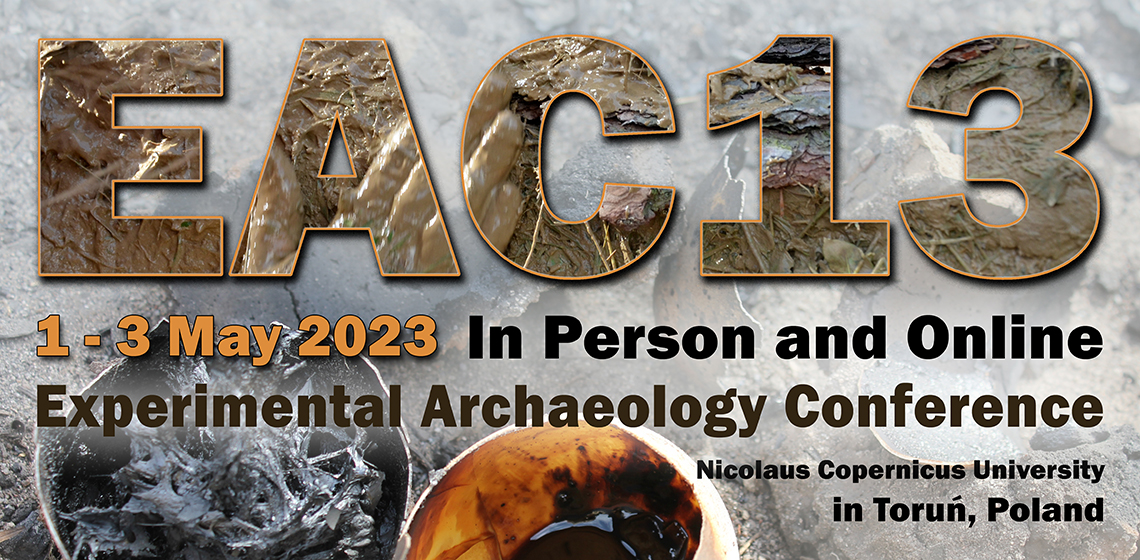tabloid style
Brother Garth Gloats!
So far this March, there have been at best only two days with anything
like Spring like weather. Temperatures continue to hover around
freezing, light snow and icy rain continue. Currently it is plus one C
with about one centimeter snow overnight. Wareham resident Darrell is
glad he still has lots of firewood stacked up, but getting sick and
tired of daily chopping and stove lighting. (Readers should know that
brother Garth is currently living in Indonesia, and regularly sends back
images of palm trees and beaches.)
Fall Expedition Plans!
Air tickets purchased for late August to mid September trip to south
west Ireland and Isle of Skye in Scotland. This long delayed trip for
Darrell and Kelly includes the Catherconnell Furnace Festival in County
Clare, the European Archaeology Assn. conference in Belfast (still
tentative), and the completion of the Turf to Tools project at south
west Skye (via Edinburgh). A total of 25 days in all. House sitter from
August 21 through September 14 being sought.
Academic papers to presentations!
Self described 'independent researcher' Darrell has had two lecture
presentations accepted for upcoming conferences. The first is for the
Experimental Archaeology Conference 13, Tuesday May 2 (session 9B.1) : "
'Look at the BONES! Adding bone to a bloomery iron smelt" This video
presentation can viewed online (for free!). The second is for the
European Archaeology Assn. 2023 conference (session #729, exact date to
be determined, between Aug 30 - Sept 2) : "Experiment, Archaeology &
Art - The Turf to Tools Project". This session most likely also to be
delivered via online video.
Chained to the computer!
February and March has seen Wareham resident Darrell huddled daily by
his computer keyboard, most day for for to six hours (or more). The paper 'Look at the BONES!' has been completed
to first draft form (including the endless seeming task of checking
footnotes). A number of grants have been prepared and submitted to the
Canada Council in hopes of some financial support for the upcoming
Ireland / Scotland projects.
'Another days worthless energy spent'...
And it is that time of the year for the (often depressing) task of
completing and submitting income tax details to Revenue Canada. When
questioned about taxes specifically, Darrell said " It is such a pain,
and seems such a worthless exercise. I always end up with a splitting headache. 2022 had one of my largest recorded
gross incomes from the Wareham Forge over 35 years of operations. After operation expenses, even with my OAS, I
still did not end up with a personal income that hit the poverty line. Hardly enough to even have to pay any income tax."
Cheese saves the day!
In Wareham, good quality cheese is on the menu. Kelly continues to work
one or two days a week at the local cheese and specialties food store in
nearby Flesherton, which is helping her finances through the dry period
in theatre contracts over the winter months. Extremely icy road
conditions around Grey County have intruded however, for two Saturdays
in a row she has had to turn around and carefully limp home when driving
was just not safe. Blame those continuing late winter weather!
Return to the Forge?
The Wareham Forge is now undertaking a high school co-op program, with
16 year old Ryan working at the shop three days a week. Ryan is from
Thornehill (about an hour's drive away), so the arrangement is that he
typically comes up Monday mornings and stays at Wareham through to end
of work day Wednesday. Nights he bunks out in the 'Wendy House' and
provides his own meals. So far the normal day for him has discussions /
lectures in the shorter mornings, with forge instruction in the
afternoons. He is give some time (typically 3:30 - 5:00 pm) to work on
this own projects as his skills develop. Taken all together, this is
more like a short apprenticeship than the typical 'busy work' provided
in other co-op placements. Ryan will continue through to the end of
June, with hopes of accumulating four, 110 hour, course credits.
Cabin Fever!
" The weather sure is not helping." say residents Darrell and Kelly.
Darrell especially has been spending almost his entire days over this
winter in the main room upstairs in Wareham. "Mother Nature has been an
absolute tease this year, when she is not being a stone cold bitch, but
who can blame her? Ryan's presence here for the last two weeks since his
placement started has helped some. COVID remains a reality, as much as
more and more people try to pretend it has somehow faded away" said
Darrell, " I am SO looking forward to actual warm spring weather! "
Written as a response to a request for current news from my middle brother Garth, who yes, did taunt me (if unintentionally) with a dozen images of his own situation right now.




























